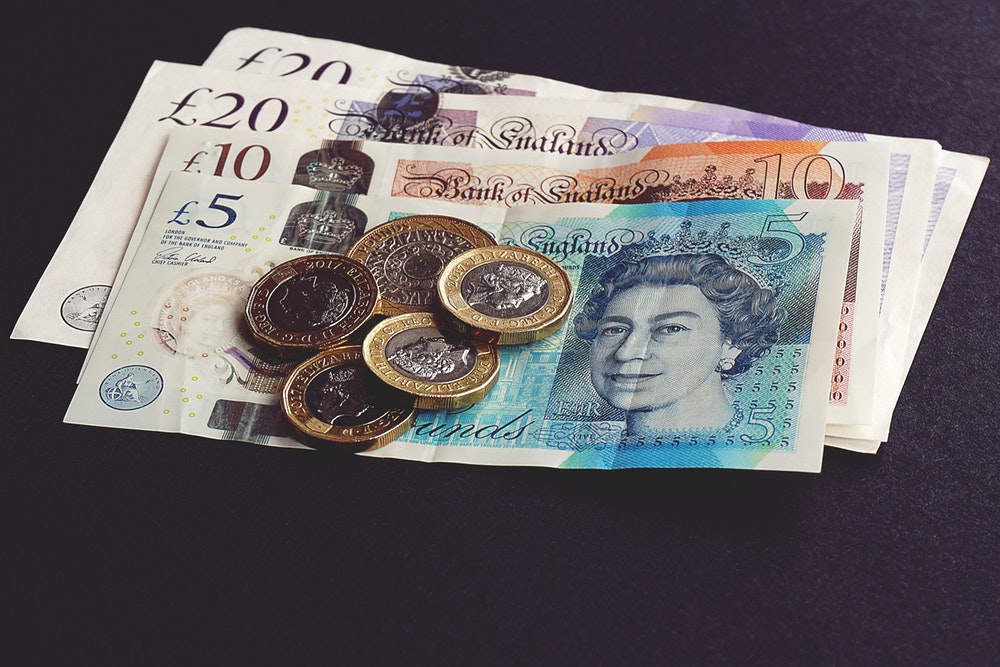Gerald Holtham sees opportunity as well as threat in the efforts that will be needed when the lockdown lifts.
Everyone would like to know the economic consequences of the Covid-19 epidemic but no-one can say what they will be.
In the UK, we have yet to reach the peak of the crisis so the lockdown must persist for some weeks at least, with the prospect of vulnerable groups being confined for months.
Both the Office for Budget Responsibility (OBR), the body set up to monitor the public finances and make projections, and the Organisation for Economic Co-operation and Development (OECD) have made suppositions, rather than projections about the effect on UK GDP this year.
The OECD thinks GDP could fall by just over a quarter before recovering. The OBR, publishing more recently, thinks GDP could drop 35 per cent in the second quarter and then recover. For the year as a whole it could be 13 per cent lower than the average for 2019. That assumes the lockdown lasts three months, implying some recovery starts in July.
And the dirty little secret that the Bank of England doesn’t want to talk about is that the government doesn’t need to borrow at all; it can, in effect, print money.
There are two main uncertainties to this projection.
One, is the course of the epidemic itself. Will it be possible to start going back to normal in mid-year, and will that be consistent with the epidemic continuing to fade or will there be a renewed outbreak that forces a continuation of social distancing measures?
Two, if the lockdown lasts not much more than three months, how much damage will have been done to the economy? How many businesses will have been forced to liquidate, dissipating labour forces and scattering skills and know-how that have to be rebuilt over time?
All large recessions result in some damage to the productive fabric as a look at any graph of GDP will show. After a big dip GDP turns up strongly but fast growth does not last long enough to return the economy to its old trend path. It starts to grow again but the new trend line is always below the old one. There is a permanent loss.
That was true of the big recessions of 1974 and 1980 and was true after 2008. Indeed the story after 2008 was even worse since we have not recovered the old growth rate, never mind got back to the old trend level.
All that has implications for public finances. The OBR thinks the UK government’s spending will exceed revenue this year by £273 billion – or 14 per cent of GDP. If it borrows that much, the stock of government debt will rise close to 100 per cent of annual GDP. Now the old saying is that two economists equals three opinions, but in my view those numbers are no cause to panic.
The UK had government debt of 250 per cent of GDP at the end of World War II when the National Health Service was being founded. In 1959, when PM Harold Macmillan told the British people they ‘had never had it so good’, the debt was at 150 per cent of GDP.
And the dirty little secret that the Bank of England doesn’t want to talk about is that the government doesn’t need to borrow at all; it can, in effect, print money. This will not cause an inflation for some time and if eventually all that liquidity does mean credit starts growing too fast it can regulate the banks to prevent excessive lending.
So we are going through difficult times, and there will be limits on government spending in future, but we should not have a repeat of austerity measures. The public is now aware of the need to restore public provision in areas of health and social care and when the current crisis is over, taxes must surely rise to achieve that.
Unlike the UK government, the Welsh government can not print money and its powers to borrow are very severely limited. That means it is in a particularly difficult situation if the crisis hits Wales particularly hard.
Wales usually raises just over £1 billion from business rates, which will not raise much revenue this year as businesses are given a pass, at least during a lockdown. Wales’ share of income tax is expected to raise £2.2 billion normally but if GDP is down 13 per cent, income tax receipts will fall about the same percentage, costing about £300 million.
If tax receipts in England fall by the same proportion, Wales will get compensated through the block grant but it will not be fully compensated if Welsh tax receipts fall proportionately more than the English ones.
And while rising government spending in England will see Wales get more money through the Barnett formula, that may not take full account of Wales’ greater needs owing to an older, less healthy population.
Crises, however, can also provide opportunities.
The aftermath of Covid-19 and the arrival of Brexit are shocks to the Welsh economy and they will force us to think anew about how to build a better society by means other than just more spending money. We shall have to tap reserves of imagination and innovation and reserves of co-operative feeling and energy.
Wales must continue to look out to the world to make its living in international markets. Yet the crisis has also shown how the UK’s industrial base has been allowed to wither excessively so that we cannot make diagnostic kits or ventilators that work and cannot even supply protective gowns and face-masks at the necessary scale. Perhaps there are opportunities there too for enterprising Welsh firms.
All articles published on the welsh agenda are subject to IWA’s disclaimer.





